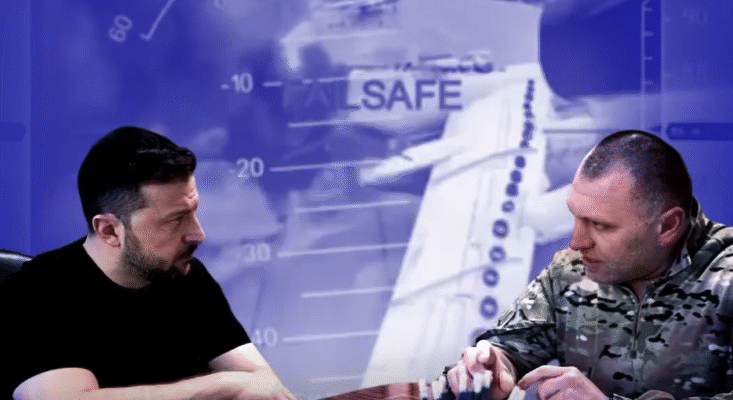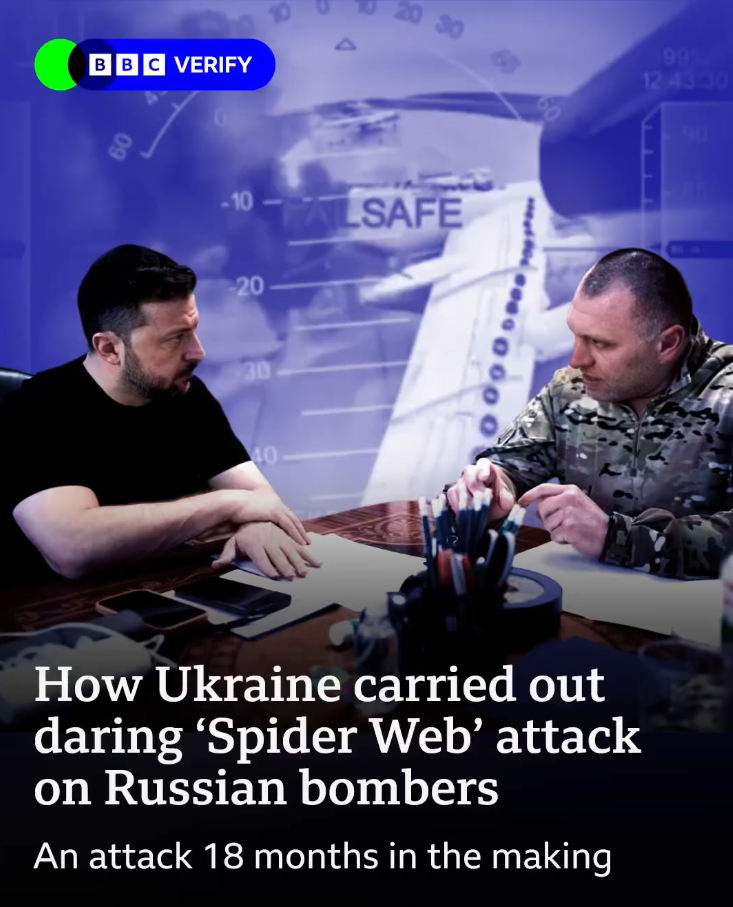
On the day the “Spider Web” operation was launched, the world quickly realized that this was no ordinary military action. Explosions echoed across vast swathes of Russia, cutting across several time zones, with reports of strikes reaching as far as 4,000 kilometers from the Ukrainian border. The unprecedented scale and reach of the operation sent shockwaves through geopolitical circles, signaling a new phase in the ongoing conflict and revealing the sophistication of Ukraine’s strategic capabilities.
The Dawn of “Spider Web”: An Operation Unlike Any Other
From the earliest moments of “Spider Web,” the magnitude of the campaign was evident. The operation was named for its intricate, interconnected nature—designed to simultaneously strike multiple critical targets across Russia’s sprawling territory, much like a spider’s web spreading out in all directions. This complex strategy aimed to disrupt Russia’s military infrastructure, logistics, and command centers on a massive scale.
Within hours of the operation’s launch, explosions and flashes were reported not only near the border regions but also in locations deep within Russia. Major cities and military installations hundreds, even thousands of kilometers away from Ukraine, found themselves under assault. The psychological and tactical impact was profound: a clear message that Ukraine’s reach was no longer confined to frontline combat zones.
Explosions Reverberate Across Multiple Time Zones
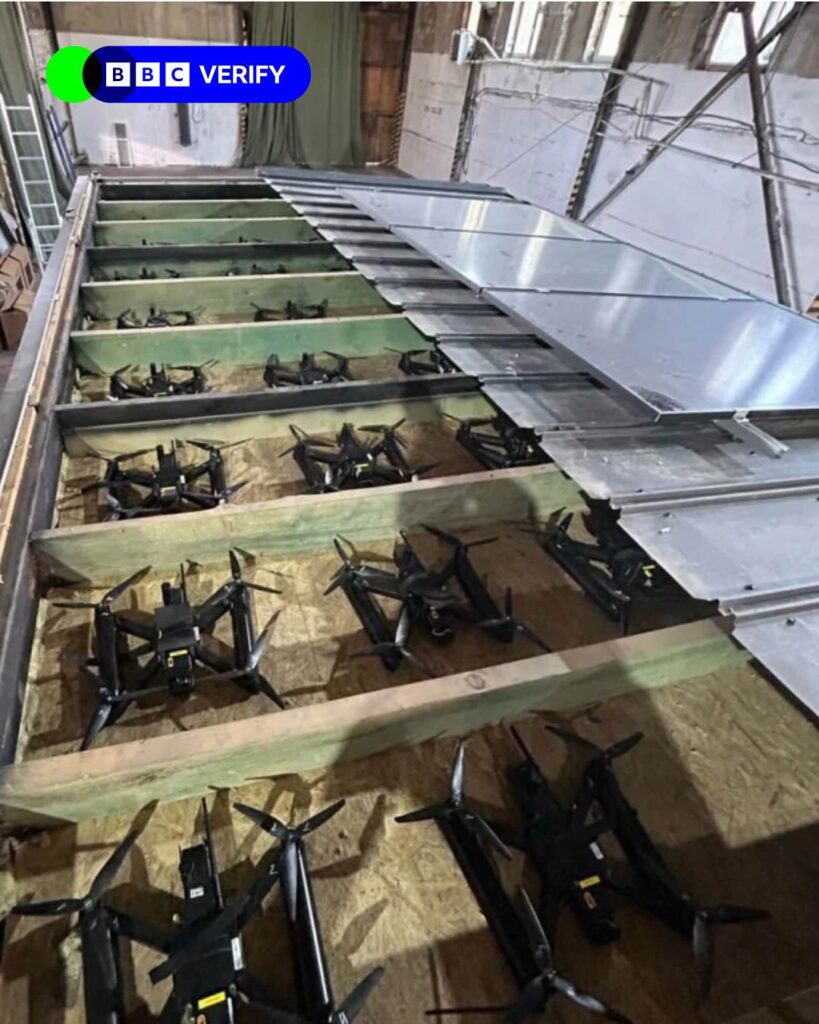
Russia spans eleven time zones, making any coordinated strike across such a vast area a logistical and technological challenge. Yet, “Spider Web” managed to synchronize attacks that reverberated across this immense expanse almost simultaneously.
From the European parts of Russia near Moscow to the far reaches of Siberia and the Russian Far East, explosions were reported in military bases, logistics hubs, and strategic infrastructure. This wide distribution of targets demonstrated an unprecedented ability to plan and execute a coordinated assault with precision timing.
Witnesses in cities thousands of kilometers apart described hearing blasts, seeing smoke columns rising, and witnessing emergency responses—all within the same day. Some reports even indicated that areas around Vladivostok, near the Pacific Ocean, were affected, emphasizing the truly far-reaching nature of the operation.
Strategic Targets: Military and Beyond
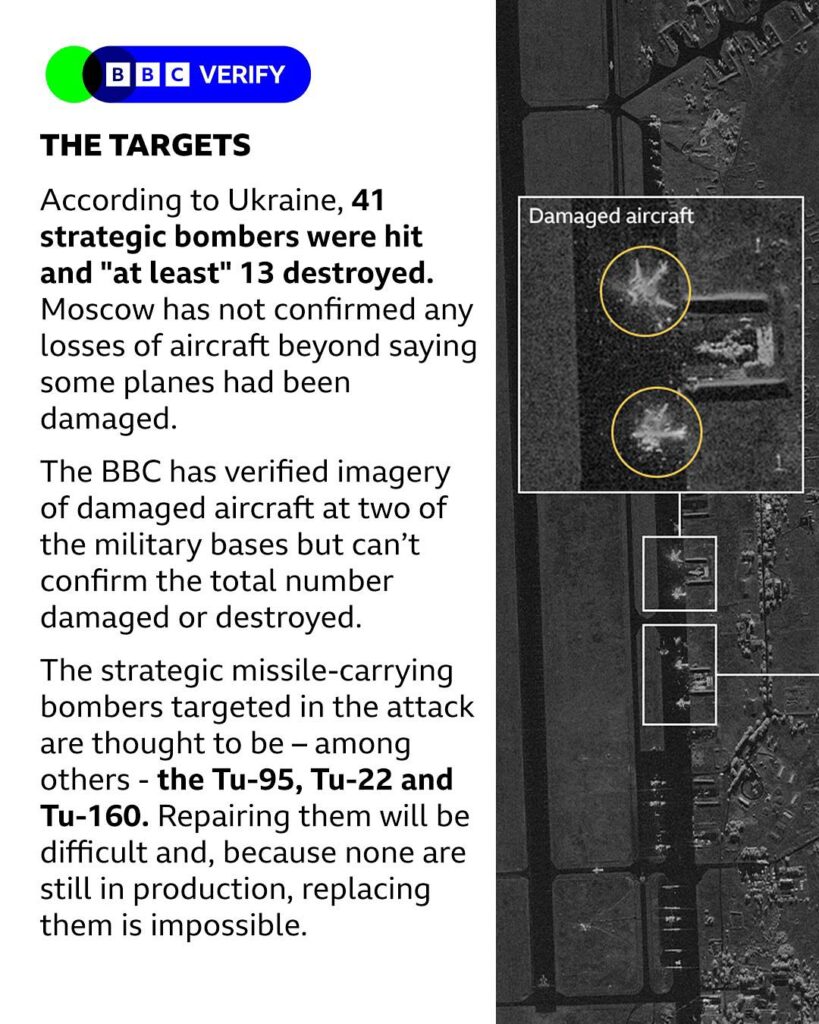
The operation’s targets were diverse but strategically selected to maximize disruption. Military airbases, ammunition depots, communication centers, and railway junctions—vital components of Russia’s war machine—were hit hard.
Notably, the strikes included bases housing long-range bombers capable of nuclear delivery, missile storage facilities, and command-and-control installations. By striking these critical points, Ukraine aimed to degrade Russia’s ability to sustain offensive operations and respond effectively.
Experts noted that the multi-pronged nature of the operation also complicated Russia’s ability to respond defensively. With attacks scattered across a vast area, Russian air defenses and emergency services were stretched thin, hampering rapid containment and repair efforts.
The Role of Advanced Technology and Drone Warfare
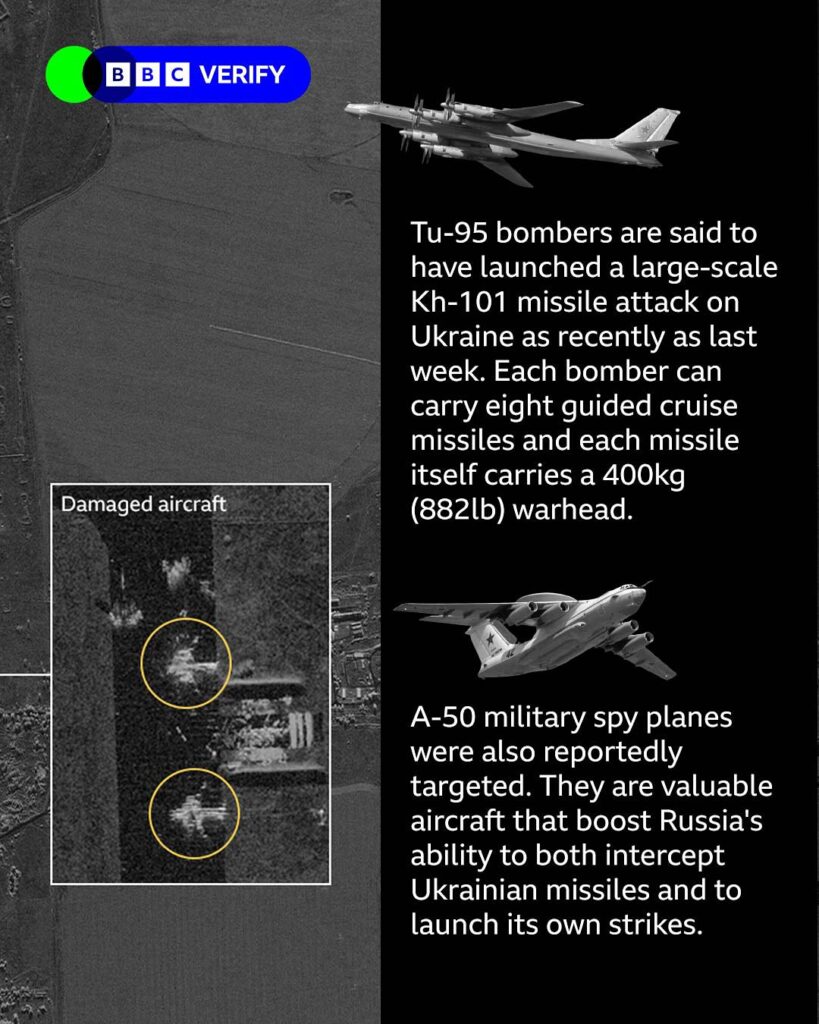
Central to the success of “Spider Web” was the deployment of advanced drone technology and precision-guided munitions. Ukraine’s growing drone warfare capabilities allowed it to coordinate swarm attacks, overwhelming traditional air defense systems.
Drones launched from Ukrainian territory navigated deep into Russian airspace, evading radar and striking targets with high accuracy. Electronic warfare tools complemented the physical strikes, jamming communications and creating confusion among Russian defense forces.
The use of drones was not only a force multiplier but also symbolized the changing face of warfare—where unmanned systems play an outsized role in strategic operations.
Psychological Impact and Public Reaction
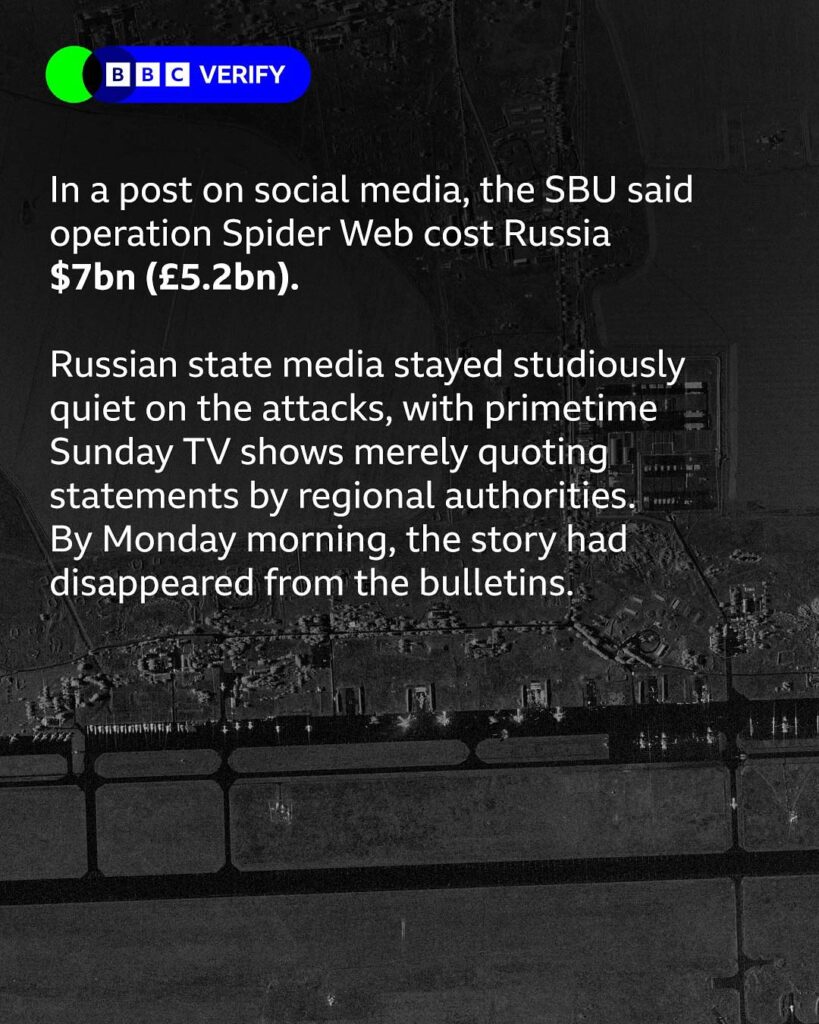
The scale and audacity of the “Spider Web” operation had a profound psychological effect on both Russian citizens and the military establishment. The idea that attacks could reach the Russian heartland, far beyond frontline combat zones, unsettled many.
Social media and news outlets were flooded with videos and images from affected areas, showing damaged infrastructure, emergency responders in action, and shocked residents. In some regions, air raid sirens and emergency warnings were activated, heightening public anxiety.
For Ukrainians and supporters abroad, the operation was a powerful symbol of resilience and determination—proof that Ukraine could strike back far beyond the front lines.
Russia’s Response and Security Measures
In the immediate aftermath, Russian officials condemned the operation as a violation of their sovereignty and vowed to retaliate. The Kremlin pledged to bolster air defenses, increase counter-drone measures, and pursue aggressive intelligence operations to prevent similar incursions.
Reports surfaced of emergency security meetings, deployment of additional anti-aircraft systems, and heightened military alertness across the country. Russia also sought to control information flow, limiting media coverage of the damage and downplaying the scale of the attacks.
The operation exposed vulnerabilities in Russia’s defense network, particularly its ability to monitor and secure its vast territories against drone and missile attacks.
International Observers and Geopolitical Implications
The “Spider Web” operation caught the attention of international observers, who viewed it as a dramatic escalation in the Russia-Ukraine conflict. Many analysts noted that such an operation required substantial intelligence, planning, and technological support, likely involving assistance from Ukraine’s Western allies.
The strikes demonstrated the potential of asymmetric warfare to challenge conventional military power, raising concerns about regional stability and the risks of broader escalation.
Diplomatic voices urged caution, emphasizing the need to avoid a spiral of retaliatory attacks that could widen the conflict beyond Ukraine’s borders.
The Changing Nature of Modern Warfare
“Spider Web” underscores how modern conflicts are increasingly shaped by technology and innovation. The ability to conduct multi-front drone strikes across vast distances represents a paradigm shift in military strategy.
This operation revealed how relatively smaller forces, through ingenuity and technology, can challenge larger powers in new and unexpected ways. It also highlights the growing importance of cyber and electronic warfare as integral components of comprehensive military campaigns.
Looking Ahead: What the Future Holds
The success of the “Spider Web” operation sets a precedent that may influence future military actions in the region and beyond. It sends a clear signal to Russia and the world that Ukraine has evolved from defensive engagements to taking the fight deep into enemy territory.
However, the operation also raises the stakes, with the potential for retaliatory measures escalating the conflict further. The delicate balance between military objectives and geopolitical stability will be tested in the coming months.
For Ukraine, maintaining momentum while managing risks will be crucial. For Russia, shoring up defenses and responding decisively without overreacting will be equally important.
Conclusion
The “Spider Web” operation, with explosions reported across multiple Russian time zones and reaching as far as 4,000 kilometers from Ukraine, represents a milestone in the ongoing conflict. It revealed the scale, reach, and sophistication of Ukraine’s military capabilities and changed perceptions of the war’s geographic and strategic boundaries.
As the dust settles, the world watches closely to see how this bold campaign will reshape the conflict, influence diplomatic efforts, and redefine the future of modern warfare.
